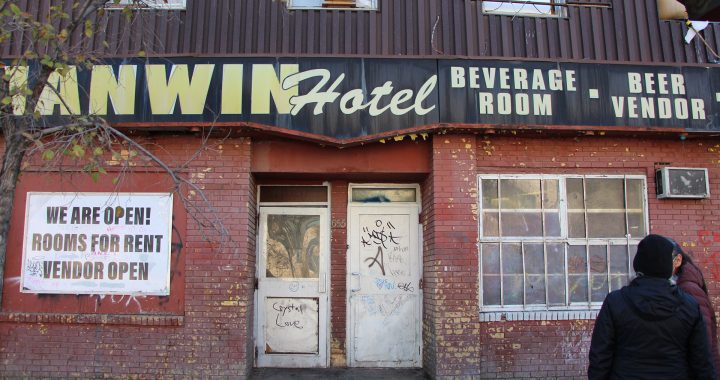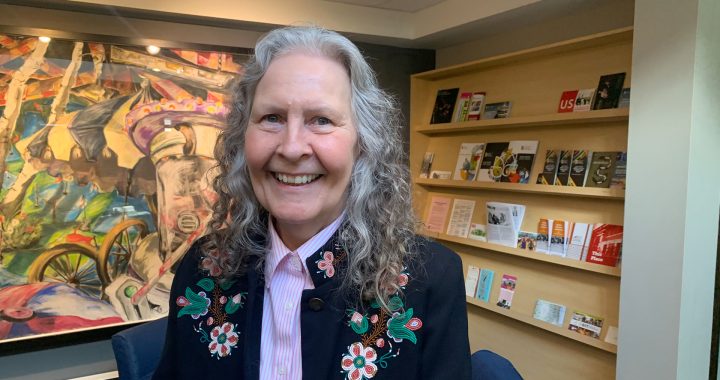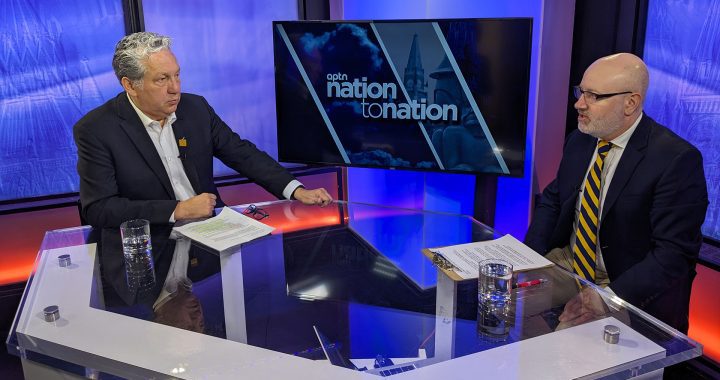Indigenous Services Canada refuses to say whether anyone has been fired — or whether the department has apologized — after a confidential internal report called on Ottawa to acknowledge its role in allowing the toxic situation at its Halifax office to fester for years, causing substantial harm to staff.
But for community officials who rely on the office for essential services, it’s clear the situation hurts First Nations too — something they say needs to be addressed.
“There’s no way that you can have an organization who’s servicing First Nation communities, and it be a toxic environment, but that not trickle down to our communities,” said Juliana Julian, health director at Paqtnkek Mi’kmaw Nation. “There’s no possible way.”
Julian works at a busy health centre in a small community about two hours away from Halifax. She set some time aside to review the report.
“There’s a lot of gaps. There’s a lot of missing pieces,” she told APTN News. “There’s no way you can compile that kind of report and not include the communities in that.”

Sharon Rudderham is the health director at Eskasoni, the largest First Nation in Atlantic Canada. She described the health centre there as “extremely busy,” even without the pandemic.
She expressed some sympathy for the employees — who appeared to be at the mercy of leadership they felt had abandoned them — but agreed communities also feel the negative impacts.
“It’s reprehensible that nobody supported that team and nobody supported those employees at all levels of government, not just in the region,” said Rudderham. “Now I’m beginning to have a better understanding that they themselves were in crisis and not able to support us in the way that they should have been able to.”
Back in January, independent consultants concluded the Atlantic region health branch was dysfunctional and damaged by broken trust, lack of accountability, and fear. The assessment was launched following staff complaints about bullying, harassment and conflicts of interest.
Staff told consultants the office was “more of a crisis management organization” than one that takes time to identify key priorities, according to the report, which was released through Access to Information.
In a statement, the department said leaders at First Nations and Inuit Health Branch (FNIHB) are taking the report “very seriously” and have shared it with staff in a move toward transparency.
“Recommendations from the assessment are being reviewed and being implemented as appropriate,” said spokesperson Leslie Michelson. “This is also an opportunity to engage employees and make sure they are an integral part of this process.”
The statement said concrete actions were taken by regional leadership to improve workplace wellness prior to the report.
The department assigned an experienced regional executive officer (REO) to lead the region through a “period of change,” Michelson added.
The comment suggests the other REO — who had an entire chapter of the report devoted to her — may have been replaced. The section was completely redacted by the government, though she was said at one point to have a “need to micromanage the work of others.”
The department didn’t reply to an email seeking clarification.
Michelson also shared a copy of FNIHB Atlantic region’s new management charter it hopes will heal the fractured workplace. It was written in response to the report and lays out the senior officials’ commitment to things like accountability, transparency, and psychological health and safety.
Finally, the department began co-developing what it calls a workplace wellness action plan on April 30.
“Neutral third-party facilitators have been contracted to support these actions and create a safe and open space for engagement,” said Michelson. “A contract to support change management efforts in FNIHB Atlantic is currently in progress.”
While detailed, the statement didn’t say whether FNIHB brass in Ottawa had apologized, something the report hinted at in its findings.
Read More:
The department has been roiled by internal turbulence for months over not just bullying and harassment but systemic racism and misogyny too. Sources told APTN these problems have persisted for years — even decades — and are beginning to rise to the surface.
And yet the report didn’t mention racism. It only included a short section that discussed the “cultural framework” that made for a “nuanced environment” for ISC employees.
Rudderham shook her head when presented with Ottawa’s response.
She noted that problem employees or toxic managers can be shuffled off to other projects or departments, which leaves the underlying issues unaddressed.
“This is a systematic problem. It’s not an individualized problem. It’s a system-wide problem with covering up all of these inappropriate bullying, threats, tactics that are being used behind the scenes,” said Rudderham. “The same old divide-and-conquer techniques are used against our communities.”
Julian also called on Ottawa to be more accountable for the systemic issues plaguing the bureaucracy.
“They look for transparency with all of the First Nations communities, but there’s no transparency within their own organizations, whether it’s at regional or national,” Julian said.
“They have a responsibility to our communities and there is no way they can say that communities haven’t suffered. At the end of the day, they are servicing our communities.”









